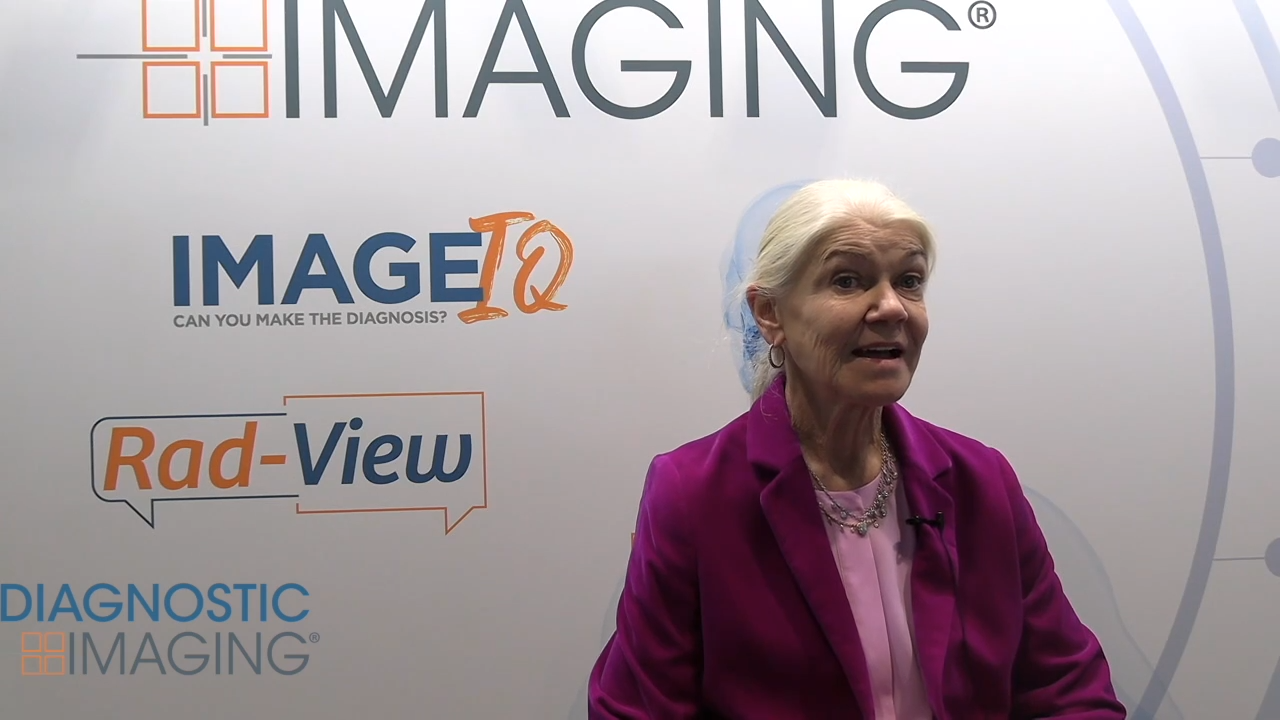Case review finds 31% error rate among local imaging services
Radiologist Dr. Richard M. Chesbrough has taken an in-depth look at outpatient imaging services in Southeast Michigan, and the resulting picture is not pretty
Radiologist Dr. Richard M. Chesbrough has taken an in-depth look at outpatient imaging services in Southeast Michigan, and the resulting picture is not pretty.
Chesbrough's RadMetrics consulting firm was contracted by Blue Care Network, a private healthcare insurer, to evaluate the quality of a sample from outpatient imaging providers that serve its beneficiaries. Chesbrough and colleagues examined 3794 imaging studies from 100 of the providers covering July 2007 to July 2008. They found 31%, or the equivalent of $2.6 million of global billing paid out by the Blue Care Network, were defective.
Chesbrough reported Monday at the 2009 RSNA meeting that 11% of the sample studies had significant quality defects that potentially led to missed pathology or inappropriate therapy. They included studies where the selected field-of-view made it impossible for the clinician to fully appreciate the presence or extent of disease. Ultrasound studies were performed with the wrong transducer. Prostate ultrasound was performed without an endorectal probe. Obsolete equipment produced spinal images so poor that the edge of the spinal facets could not be seen. Brain CT produced artifacts that mimicked brain tumors.
About 20% of the studies involved coding, compliance, or billing mistakes, Chesbrough said. These included studies that lacked physician orders for the examination or were based on inappropriate indications, he said. Some studies were billed under complete diagnostic CPT codes, yet only limited studies were actually performed. In other cases, protocol scanning was performed, with all patients receiving pre- and postcontrast exams, but without the necessary clinical indications for both procedures.
Chesbrough also found instances where untrained physicians performed their own imaging interpretations.
Providers under examination included primary care physicians, podiatrists, specialty providers, independent diagnostic testing facilities, and imaging centers.
In addition to obvious public health implications, the findings are relevant to radiologists because of the increasing drift of imaging volume to these types of services, Chesbrough said. Radiologists characterize themselves as the stewards of diagnostic imaging quality. Yet, nationally, nearly three of four exams have been performed and interpreted without their involvement, he said.
"There are two standards of care today," Chesbrough said. "One applies to radiologists and the other applies to the 74% [of imaging] done outside your field-of-view. It is time to demand a level playing field."
Can MRI-Based AI Bolster Biopsy Decision-Making in PI-RADS 3 Cases?
December 9th 2024In patients with PI-RADS 3 lesion assessments, the combination of AI and prostate-specific antigen density (PSAD) level achieved a 78 percent sensitivity and 93 percent negative predictive value for clinically significant prostate cancer (csPCa), according to research presented at the Radiological Society of North American (RSNA) conference.
The Reading Room: Artificial Intelligence: What RSNA 2020 Offered, and What 2021 Could Bring
December 5th 2020Nina Kottler, M.D., chief medical officer of AI at Radiology Partners, discusses, during RSNA 2020, what new developments the annual meeting provided about these technologies, sessions to access, and what to expect in the coming year.
RSNA 2020: Addressing Healthcare Disparities and Access to Care
December 4th 2020Rich Heller, M.D., with Radiology Partners, and Lucy Spalluto, M.D., with Vanderbilt University School of Medicine, discuss the highlights of their RSNA 2020 session on health disparities, focusing on the underlying factors and challenges radiologists face to providing greater access to care.
New Interventional Radiology Research Shows Merits of Genicular Artery Embolization for Knee OA
December 3rd 2024In a cohort of over 160 patients with knee osteoarthritis (OA), including grade 4 in nearly half of the cases, genicular artery embolization led to an 87 percent improvement in the quality of life index, according to research presented at the recent RSNA conference.
Siemens Healthineers Debuts New Photon-Counting CT Systems at RSNA
December 2nd 2024Debuting at the Radiological Society of North American (RSNA) conference, the new photon-counting computed tomography (PPCT) scanners Naeotom Alpha.Pro and Naeotom Alpha.Prime reportedly combine rapid scan times with high-resolution precision.










